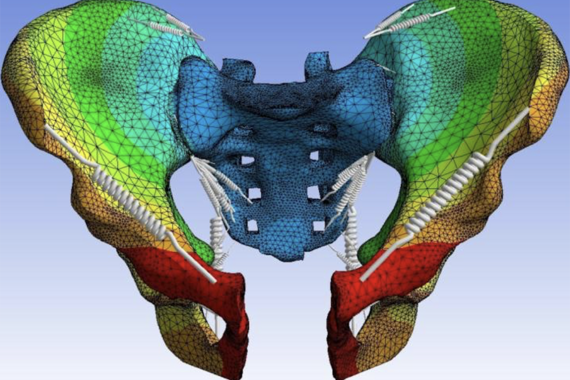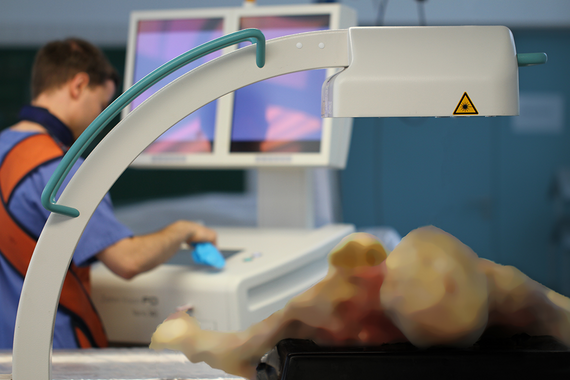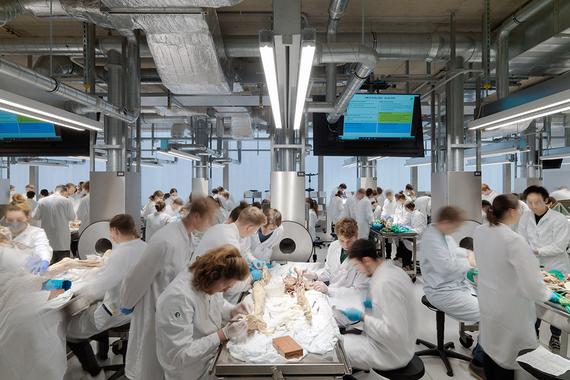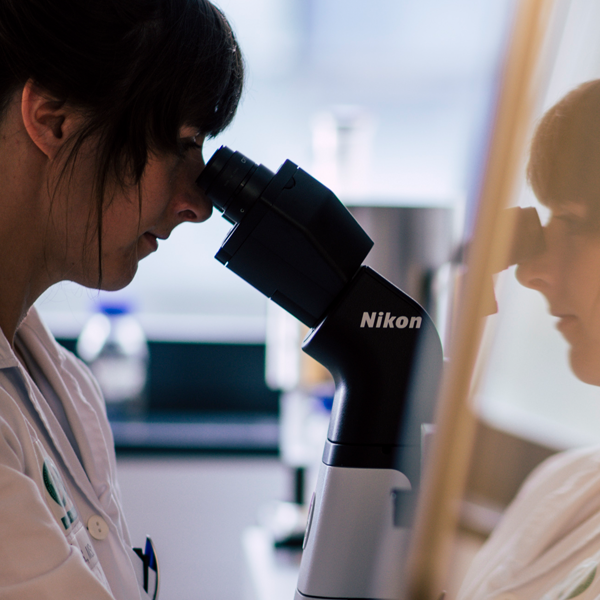-
The University
- Welcome
- Who we are
- Media & PR
- Studying
-
Research
- Profile
- Infrastructure
- Cooperations
- Services
-
Career
- Med Uni Graz as an Employer
- Educational Opportunities
- Work Environment
- Job openings
-
Diagnostics
- Patients
- Referring physicians
-
Health Topics
- Health Infrastructure
Research
Division staff members deal with selected topics in anatomy and biomechanics in three research teams.

Experimental biomechanics
Experimental biomechanics analyzes the behavior of biological, primarily human tissue and artificial biomaterials under mechanical stress. Methods from materials science are employed to investigate how bones and soft tissue become deformed when they are exposed to different forces or stretching. The combination of macromechanical methods, which are visible to the eye, with those of micromechanics and surface chemistry provides deep insight into the hierarchical structure of biological tissue. This allows research on the principles that give tissue its resistance.
The interdisciplinary experimental biomechanics team combines methods from engineering, chemistry and the life sciences to examine clinically relevant data and phenomena of tissue mechanics that contribute to an understanding of biomechanical tissue behavior in healthy and diseased individuals or serve as an inspiration for new treatment methods.

Clinical and translational anatomy
Clinical and translational anatomy describes the part of our discipline that provides the latest knowledge of the fine structure of the human body to permit safe treatment of patients. Topics of research include new forms of therapy and operation techniques or the "mapping" of human tissue from the perspective of the doctor treating the patient. This core discipline at our institute is closely linked to the research areas of experimental biomechanics and educational research. Imaging procedures such as micro-CT, 3D scans, thin layer plastination and virtual simulation are also employed along with classical methods of preparation, maceration and corrosion.

Educational research
Our educational research considers the connection between teaching methods in anatomy and knowledge acquisition and retention by our students and course participants. Body donation plays a central role in this process.
Even in the 21st century, body donations remain the most suitable method for providing students with knowledge of the structure and function of the human body and preparing them for the medical profession. That is why educational research is concerned with the best way to make use of a body donation to science. Important areas of educational research are the enhancement of anatomic fixation techniques and their evaluation with regard to safety of application and knowledge transfer as well as the establishment of new teaching and learning concepts, digital and virtual course content and their evaluation. Our goal is to provide students with the best education possible.




